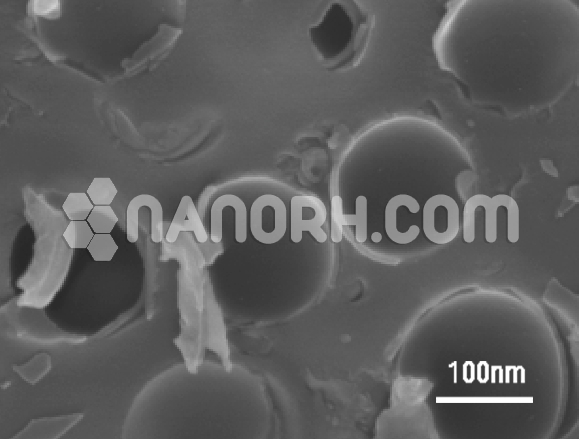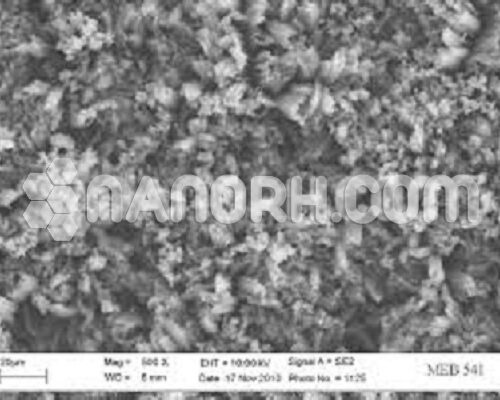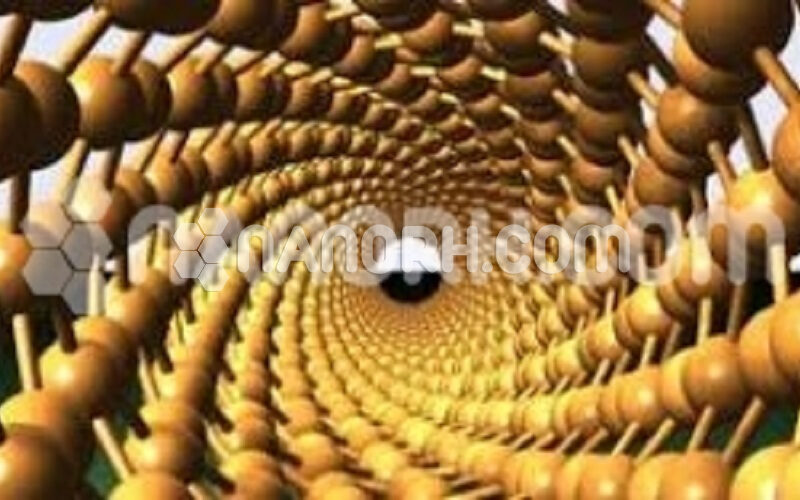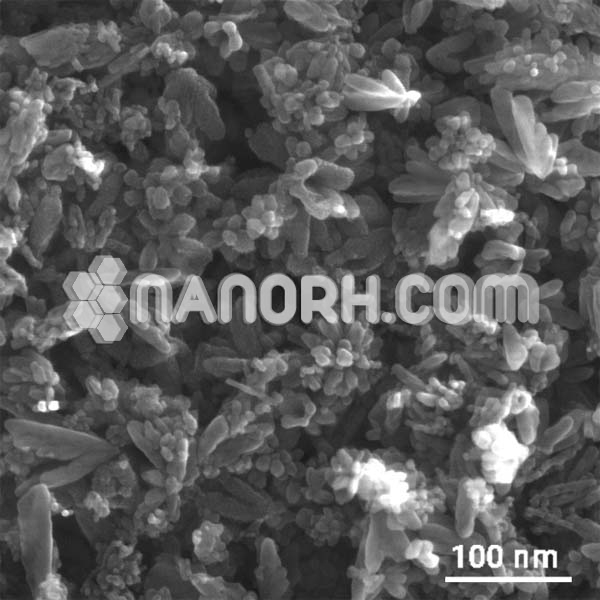Cadmium selenium, Cadmium Sulfide/ Silicon Core Shell Nano Particles(CdSe/CdS/SiO2 Core Shell Nanoparticles, 99.9%, APS: 80-100nm, Inorganic Semiconductor/ Nonsemiconductor)
| Cadmium Selenium, Cadmium Sulfide/ Silicon Core-Shell Nanoparticles | |
| Product No | NRE-16005 |
| CAS No. | NA |
| Formula | CdSe/CdS/SiO |
| APS | <100nm (can be customized) |
| Shape | Spherical |
| Purity | 99.9% |
| Core | Cadmium Selenium, Cadmium Sulfide |
| Shell | Silicon |
| Melting Point | NA |
| Boiling Point | NA |
Cadmium Selenium, Cadmium Sulfide/ Silicon Core-Shell Nano-Particles
Introduction:
Cadmium selenium, Cadmium Sulfide/ Silicon Core-Shell Nanoparticles with their unique properties that emerge due to their small size and high surface-area-to-volume ratio, have sparked extensive research in various fields, including materials science, optoelectronics, catalysis, and biomedical applications.
Core Composition: Cadmium selenium, Cadmium Sulfide/ Silicon Core-Shell Nanoparticles is a well-known semiconductor material frequently used in quantum dot (QD) applications due to its excellent optical properties, including strong photoluminescence, narrow emission spectra, and size-tunable fluorescence. CdSe quantum dots are widely used in biological imaging, photovoltaics, and light-emitting devices.
Cadmium Sulfide (CdS)
The combination of Cadmium selenium, Cadmium Sulfide/ Silicon Core-Shell Nanoparticles as the core and the shell helps to reduce defects, improve photostability, and prevent the toxicity of cadmium-based materials, as the shell can serve as a protective layer for the core.
Silicon Shell: Advantages in Nanoparticle Design
The introduction of silicon (Si) as the shell material in a core-shell nanoparticle structure further enhances the performance and versatility of the nanomaterial. Silicon, an abundant and environmentally friendly material, is a semiconductor that has excellent mechanical properties, chemical stability, and biocompatibility, making it ideal for use in medical and environmental applications.
Stability and Protection
One of the key benefits of using a silicon shell is its ability to provide a protective barrier for the core material. In core-shell nanoparticles, the shell helps to shield the core from environmental factors like oxidation, moisture, and surface defects that can degrade the nanoparticle’s performance. For example, the silicon shell can prevent photodegradation of the core materials, thus enhancing the photostability and lifetime of the nanoparticles.
Biocompatibility
Silicon is known for its biocompatibility, making it a prime candidate for use in biomedical applications, including drug delivery and bioimaging. When used as the shell material, silicon’s properties allow these core-shell nanoparticles to be safely introduced into biological systems, without significant risk of toxicity or adverse immune responses.




